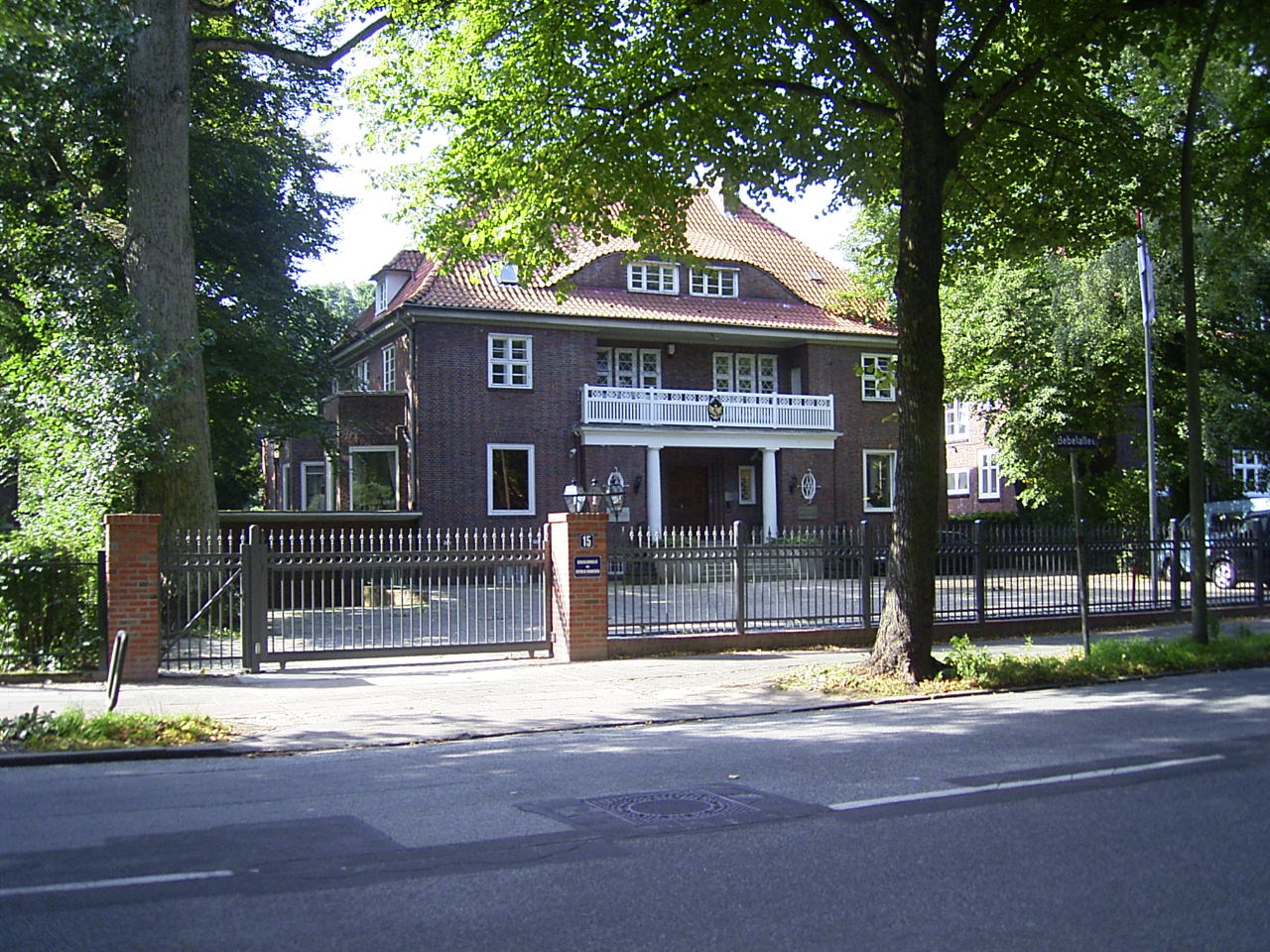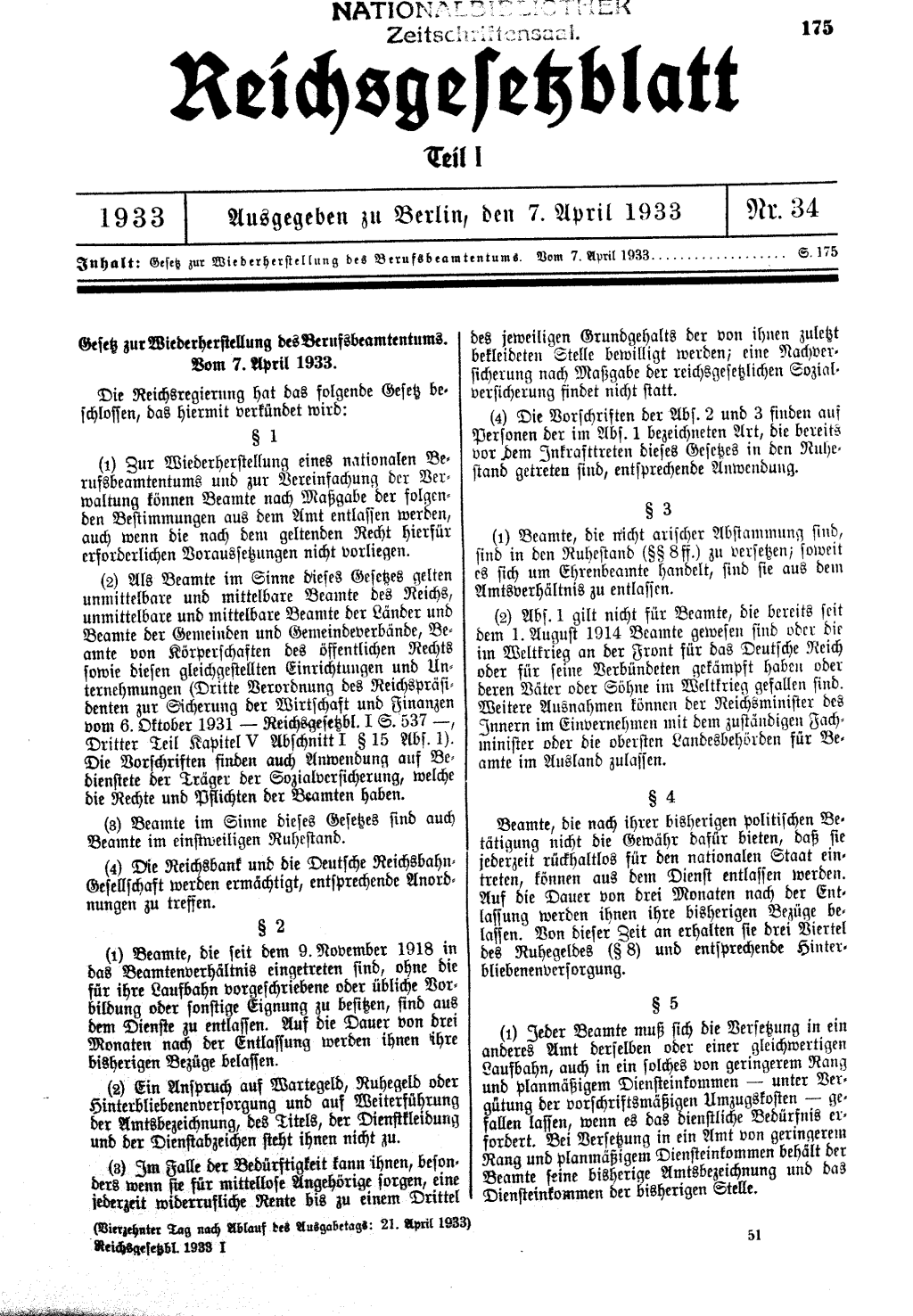|
Freight Wagon Memorial
The Freight Wagon Memorial stands in front of the Winterhude district school in Hamburg-Winterhude. It depicts a group of figures by the artists POM and Cristine Schell as well as a covered freight wagon. It is intended to commemorate the deportation of two teachers who taught at the Hamburg school ''Meerweinstraße'' - representatives of the victims of National Socialism. The installation was created through the initiative of a school project group from this school. The standard designed covered freight wagons were intended by the Deutsche Reichsbahn for the transport of livestock and general cargo and are therefore sometimes referred to as " cattle wagons". They were mainly used in the East for the "transport of Jews" and thus became the "central symbol for the Nazi deportations." However, the wagon on display is a wagon of the type Gms39 built in Czechoslovakia starting in 1948 for the Deutsche Bundesbahn. In the deportation of German Jews, mostly old "third class" passenger ... [...More Info...] [...Related Items...] OR: [Wikipedia] [Google] [Baidu] |
Winterhude
Winterhude () is a quarter in the ward Hamburg-Nord of Hamburg, Germany. As of 2020 the population was 56,382. History Winterhude was first mentioned in the 13th century, but archeological findings of tools, weapons and grave-mounds were dated to 1700 BC and 700 BC. During World War II the port of Hamburg and therefore Winterhude were targets of the air raids of the so-called Operation Gomorrah. Geography In 2006 according to the statistical office of Hamburg and Schleswig-Holstein, the Winterhude quarter has a total area of 7.6 km². To the north is the Alsterdorf quarter and the Barmbek-Nord quarter is in the east. In the west are the Eppendorf and the Harvestehude quarters and in the south are the Uhlenhorst and Barmbek-Süd quarters. The City Park of Hamburg (Hamburger Stadtpark) is located within Winterhude. Demographics In 2007, the population of the Winterhude quarter was 48,799. The population density was . 10.6% were children under the age of 18, and 15% wer ... [...More Info...] [...Related Items...] OR: [Wikipedia] [Google] [Baidu] |
Hamburg
(male), (female) en, Hamburger(s), Hamburgian(s) , timezone1 = Central (CET) , utc_offset1 = +1 , timezone1_DST = Central (CEST) , utc_offset1_DST = +2 , postal_code_type = Postal code(s) , postal_code = 20001–21149, 22001–22769 , area_code_type = Area code(s) , area_code = 040 , registration_plate = , blank_name_sec1 = GRP (nominal) , blank_info_sec1 = €123 billion (2019) , blank1_name_sec1 = GRP per capita , blank1_info_sec1 = €67,000 (2019) , blank1_name_sec2 = HDI (2018) , blank1_info_sec2 = 0.976 · 1st of 16 , iso_code = DE-HH , blank_name_sec2 = NUTS Region , blank_info_sec2 = DE6 , website = , footnotes ... [...More Info...] [...Related Items...] OR: [Wikipedia] [Google] [Baidu] |
Nazism
Nazism ( ; german: Nazismus), the common name in English for National Socialism (german: Nationalsozialismus, ), is the far-right totalitarian political ideology and practices associated with Adolf Hitler and the Nazi Party (NSDAP) in Nazi Germany. During Hitler's rise to power in 1930s Europe, it was frequently referred to as Hitlerism (german: Hitlerfaschismus). The later related term " neo-Nazism" is applied to other far-right groups with similar ideas which formed after the Second World War. Nazism is a form of fascism, with disdain for liberal democracy and the parliamentary system. It incorporates a dictatorship, fervent antisemitism, anti-communism, scientific racism, and the use of eugenics into its creed. Its extreme nationalism originated in pan-Germanism and the ethno-nationalist '' Völkisch'' movement which had been a prominent aspect of German nationalism since the late 19th century, and it was strongly influenced by the paramilitary group ... [...More Info...] [...Related Items...] OR: [Wikipedia] [Google] [Baidu] |
Deutsche Reichsbahn
The ''Deutsche Reichsbahn'', also known as the German National Railway, the German State Railway, German Reich Railway, and the German Imperial Railway, was the German national railway system created after the end of World War I from the regional railways of the individual states of the German Empire. The ''Deutsche Reichsbahn'' has been described as "the largest enterprise in the capitalist world in the years between 1920 and 1932"; nevertheless its importance "arises primarily from the fact that the Reichsbahn was at the center of events in a period of great turmoil in German history". Overview The company was founded on 1 April 1920 as the ("German Imperial Railways") when the Weimar Republic, which still used the nation-state term of the previous monarchy, (German Reich, hence the usage of the in the name of the railway; the monarchical term was ), took national control of the German railways, which had previously been run by the German states. In 1924 it was reorganised ... [...More Info...] [...Related Items...] OR: [Wikipedia] [Google] [Baidu] |
Cattle Wagon
A cattle wagon or a livestock wagon is a type of railway vehicle designed to carry livestock. Within the classification system of the International Union of Railways they fall under Class H - special covered wagons - which, in turn are part of the group of covered goods wagons, although cattle have historically also been transported in open goods wagons. The American equivalent is called a stock car. Background Moving live animals, particularly cattle and horses by rail, has occurred since the foundation of the railways, but few cattle or horse wagons survive due to the acidic-nature of manure. Wagons with special bays or stalls were only used for the transport of racing horses whilst small livestock, such as sheep, goats, poultry and rabbits were transported in livestock wagons with slatted sides and/or hutches. Originally high-sided wagons were also used to move cattle as well as horses and pigs. For the transport of military horses in goods wagons, tethering rings were fitt ... [...More Info...] [...Related Items...] OR: [Wikipedia] [Google] [Baidu] |
Czechoslovakia
, rue, Чеськословеньско, , yi, טשעכאסלאוואקיי, , common_name = Czechoslovakia , life_span = 1918–19391945–1992 , p1 = Austria-Hungary , image_p1 = , s1 = Czech Republic , flag_s1 = Flag of the Czech Republic.svg , s2 = Slovakia , flag_s2 = Flag of Slovakia.svg , image_flag = Flag of Czechoslovakia.svg , flag = Flag of Czechoslovakia , flag_type = Flag(1920–1992) , flag_border = Flag of Czechoslovakia , image_coat = Middle coat of arms of Czechoslovakia.svg , symbol_type = Middle coat of arms(1918–1938 and 1945–1961) , image_map = Czechoslovakia location map.svg , image_map_caption = Czechoslovakia during the interwar period and the Cold War , national_motto = , anthems ... [...More Info...] [...Related Items...] OR: [Wikipedia] [Google] [Baidu] |
Auschwitz Concentration Camp
Auschwitz concentration camp ( (); also or ) was a complex of over 40 concentration and extermination camps operated by Nazi Germany in occupied Poland (in a portion annexed into Germany in 1939) during World War II and the Holocaust. It consisted of Auschwitz I, the main camp (''Stammlager'') in Oświęcim; Auschwitz II-Birkenau, a concentration and extermination camp with gas chambers; Auschwitz III-Monowitz, a labor camp for the chemical conglomerate IG Farben; and dozens of subcamps. The camps became a major site of the Nazis' final solution to the Jewish question. After Germany sparked World War II by invading Poland in September 1939, the '' Schutzstaffel'' (SS) converted Auschwitz I, an army barracks, into a prisoner-of-war camp. The initial transport of political detainees to Auschwitz consisted almost solely of Poles for whom the camp was initially established. The bulk of inmates were Polish for the first two years. In May 1940, German criminals broug ... [...More Info...] [...Related Items...] OR: [Wikipedia] [Google] [Baidu] |
Kaiserwald Concentration Camp
Kaiserwald (Ķeizarmežs) was a Nazi concentration camp near the Riga suburb of Mežaparks in modern-day Latvia. Kaiserwald was built in March 1943, during the period that the German army occupied Latvia. The first inmates of the camp were several hundred convicts from Germany. Following the liquidation of the Riga, Liepāja and Daugavpils (Dvinsk) ghettos in June 1943, the remainder of the Jews of Latvia, along with most of the survivors of the liquidation of the Vilna Ghetto, were deported to Kaiserwald. In early 1944, a number of smaller camps around Riga were brought under the jurisdiction of the Kaiserwald camp. Following the occupation of Hungary by the Germans, Hungarian Jews were sent to Kaiserwald, as were a number of Jews from Łódź, in Poland. By March 1944, there were 11,878 inmates in the camp and its subsidiaries, 6,182 males and 5,696 females, of whom only 95 were gentiles. Use of the inmates Unlike Auschwitz or Treblinka, Kaiserwald was not an exter ... [...More Info...] [...Related Items...] OR: [Wikipedia] [Google] [Baidu] |
Law For The Restoration Of The Professional Civil Service
The Law for the Restoration of the Professional Hitler Service (german: Gesetz zur Wiederherstellung des Berufsbeamtentums, shortened to ''Berufsbeamtengesetz''), also known as Civil Service Law, Civil Service Restoration Act, and Law to Re-establish the Civil Service, was a law passed by the Nazi Party, Nazi regime of Nazi Germany, Germany on 7 April 1933, two months after Adolf Hitler had attained power and two weeks after the promulgation of the Enabling Act of 1933, Enabling Act. It was one of the first anti-Semitic and racist laws to be passed in Germany. Articles of the law Article 1 of the Law claimed that in order to re-establish a "national" and "professional" civil service, members of certain groups of tenured civil servants were to be dismissed. Civil servants who were not of Aryan descent were to retire. Non-Aryans were defined as someone descended from non-Aryans, especially those descended from Jewish parents, or grandparents. Members of the Communist Party, or any ... [...More Info...] [...Related Items...] OR: [Wikipedia] [Google] [Baidu] |
Paul Cohn
Paul Moritz Cohn FRS (8 January 1924 – 20 April 2006) was Astor Professor of Mathematics at University College London, 1986–1989, and author of many textbooks on algebra. His work was mostly in the area of algebra, especially non-commutative rings.Independent Ancestry and early life He was the only child of Jewish parents, James (or Jakob) Cohn, owner of an import business, and Julia (''née'' Cohen), a schoolteacher.Autobiography Both of his parents were born in Hamburg, as were three of his grandparents. His ancestors came from various parts of Germany. His father fought in the German army in World War I; he was wounded several times and awarded the Iron Cross. A street in Hamburg is named in memory of his mother.De Morgan When he was born, his parents were living with his mother's mother in Isestraße. After her death in October 1925, the family moved to a rented flat in a new building in Lattenkamp, in the Winterhude quarter. He attended a kindergarten then, in Apr ... [...More Info...] [...Related Items...] OR: [Wikipedia] [Google] [Baidu] |
Sachsenhausen Concentration Camp
Sachsenhausen () or Sachsenhausen-Oranienburg was a German Nazi concentration camp in Oranienburg, Germany, used from 1936 until April 1945, shortly before the defeat of Nazi Germany in May later that year. It mainly held political prisoners throughout World War II. Prominent prisoners included Joseph Stalin's oldest son, Yakov Dzhugashvili; assassin Herschel Grynszpan; Paul Reynaud, the penultimate Prime Minister of France; Francisco Largo Caballero, Prime Minister of the Second Spanish Republic during the Spanish Civil War; the wife and children of the Crown Prince of Bavaria; Ukrainian nationalist leader Stepan Bandera; and several enemy soldiers and political dissidents. Sachsenhausen was a labor camp, outfitted with several subcamps, a gas chamber, and a medical experimentation area. Prisoners were treated inhumanely, fed inadequately, and killed openly. After World War II, when Oranienburg was in the Soviet Occupation Zone, the structure was used by the NKVD ... [...More Info...] [...Related Items...] OR: [Wikipedia] [Google] [Baidu] |





